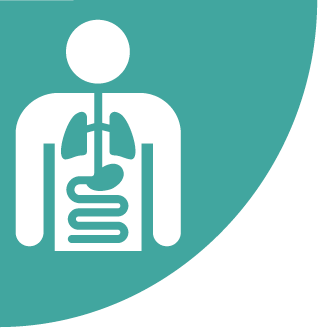NEWSWATCH
BIOLOGICAL MONITORING

Draft Chapter Discusses Biological Monitoring Methods for Chemical Exposure
NIOSH recently published a draft chapter on the application of biological monitoring methods for chemical exposures in occupational health to be published in its
Manual of Analytical Methods
. NMAM is a collection of methods for sampling and analysis of contaminants in workplace air, and in the blood and urine of workers who are occupationally exposed. The draft chapter generally focuses on chemical exposures, but its authors note that the considerations of purposes, study design criteria, quality assurance, and ethical and safety issues have general applications. The guidance is particularly relevant to urinary and blood biomonitoring; however, it’s also generally relevant to other biomonitoring assays that measure response or susceptibility factors, the authors explain.
Other items discussed in the draft chapter include biomarkers of exposure, effect, and susceptibility; drivers for biomonitoring in occupational health studies; interpretation of results; and biomonitoring analytical method validation.
The draft chapter is available via the docket on
Regulations.gov
. NIOSH is accepting comments on the draft chapter through Dec. 15, 2017.
NMAM is currently in its 5th edition, which was released in 2016. The
5th edition of NMAM
is the first electronic-only version of the publication, which contains 60 methods and 11 chapters that can be used by OHS professionals to measure worker exposures.
NIOSH recommends that the best available method be used for making each measurement, and recognizes that methods published by others (OSHA, MSHA, and EPA, for example) may have advantages over NIOSH methods, depending on the sampling situation. According to NIOSH, an industrial hygienist should determine the sampling protocol, taking into consideration analytical accuracy, cost, and optimum sampling number.

